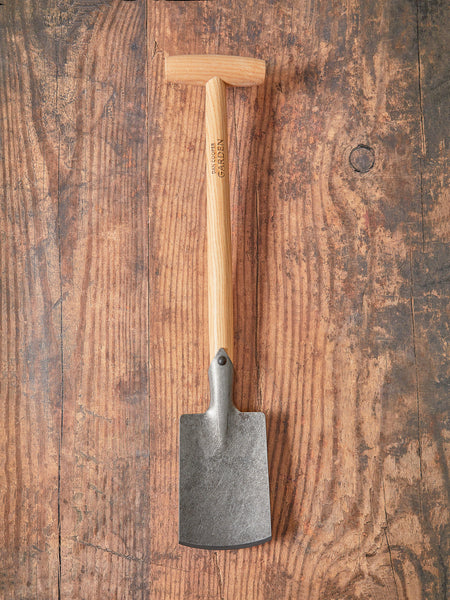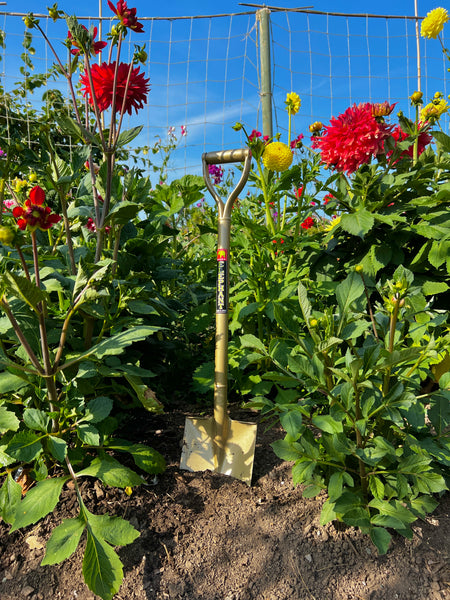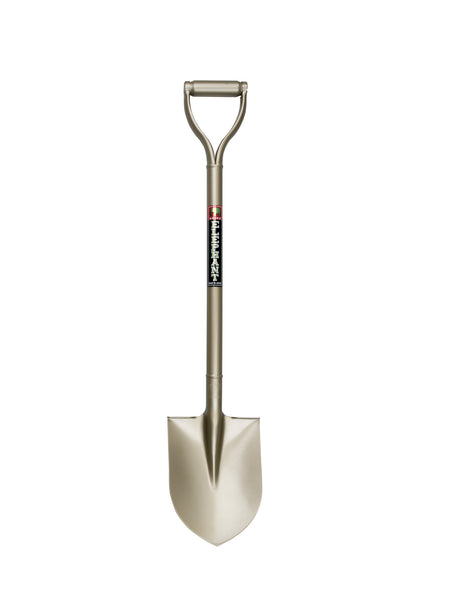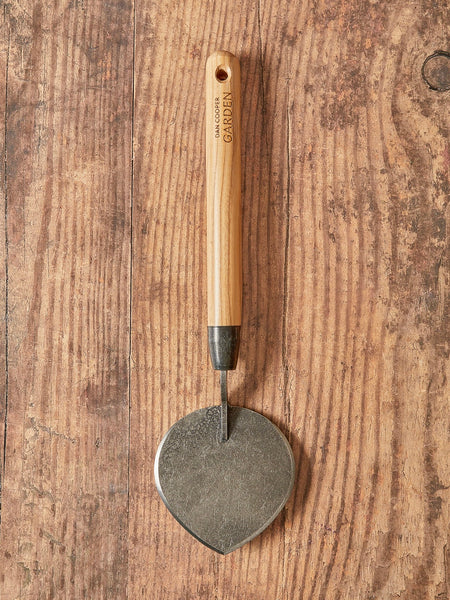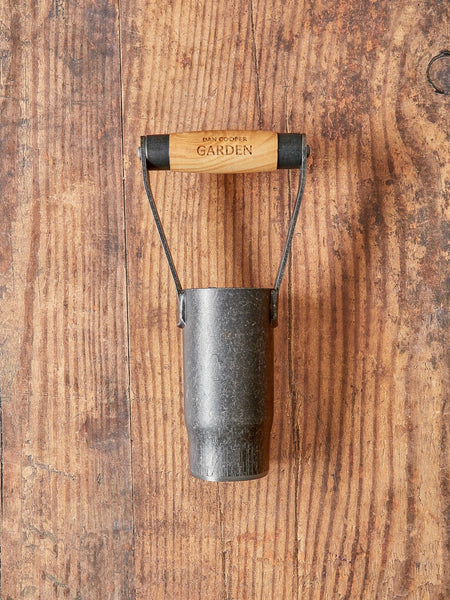Gardeners traditionally consider autumn the best time to plant hardy plants. This may strike you as odd, given that many plants gently decline and stop growing above ground as the year draws to a close. But, under the soil surface, it is a different story. If you're curious to learn more, carry on reading.
Spring planting has grown in popularity in recent years, perhaps because we crave more instant gratification than gardeners of old. It is also motivated by garden centres, eager to convert their precious selling space to Christmas after the school holidays. Visit in September, and you may find slim pickings. Regardless, the wise gardener knows that autumn planting will achieve better results, saving time and effort in the long run. All that’s needed is a little planning.
What’s so special about autumn?
During the autumn months, from September to November, the soil retains much of the warmth it accumulated over the summer while benefitting from increasing amounts of rainfall. These conditions encourage plants to develop new roots, which venture deep into the soil for moisture. Many plants will then go dormant as winter approaches, losing their foliage or all of their above-ground parts, putting them under minimal stress for the first six months in their new home. When temperatures rise in spring, autumn plantings are established, rested and ready to grow: this often results in bigger plants and earlier flowers in the first growing season. It’s not uncommon for perennials planted in autumn to appear as if they’ve always been there within one season. Hardy annuals sown in September will form strong, stout plants before flowering the following year. You should plant all spring flowering bulbs in autumn if they are to bloom reliably.
It’s also worth considering your comfort. Autumn can be a lovely time to garden and build up your reserves of vitamin D before winter. Conversely, spring can be cold, wet and dark, as we experienced in 2024. Imagine not worrying about that because everything was in place before winter.
What happens if I wait until spring?
Spring is still a good time to plant, but you may have to work harder and wait a little longer for the same results. Soil can remain chilly until late May. Then, just as it reaches the perfect temperature for planting, rainfall tends to reduce. For new plantings, this can create immediate stress, only alleviated by regular watering—something most gardeners prefer to avoid. Unless you water very thoroughly so that the water penetrates deep into the soil, there is a further risk that plants will develop roots close to the soil surface that will forever be vulnerable to drying out in summer.
At the same time, weeds often proliferate in spring, competing for space and nutrients, while bugs and diseases take advantage of warmer weather to multiply. New plants can quickly find themselves fighting for all the elements they need to survive whilst under attack from pests. Good gardeners step in and help by weeding, protecting, and watering, but much of that effort can be avoided by planting in autumn instead. A healthy, established plant will brush most troubles aside.
Are there circumstances when autumn planting isn’t the right choice?
There certainly are!
Although autumn nights and mornings are cooler than in summer, daytime temperatures can remain high. September can also be a dry month, so be patient and wait until conditions are more typically autumnal before getting your spade and trowel out.
Winter frosts will kill tender plants and half-hardy annuals. These should be overwintered in a greenhouse or conservatory if you want to keep them alive. Many Mediterranean climate plants,particularly those with silver-grey or felty leaves, dislike cold, wet winter conditions. Unless you have free-draining soil, they will establish better if planted in spring. If you live in an area that experiences exceptionally cold, wet winters, you may decide to do most of your planting in spring.
Established plants are generally more cold-tolerant than young ones, so if in doubt, hold back small plants until spring and accept that you’ll need to nurture them in the short term.
Tulips are susceptible to moulds and diseases that can damage their bulbs if the ground is too warm at planting time. They are best planted from November onwards, but they should look after themselves once established.
Lastly, if you are anything like me, your garden will be bursting with plants in autumn, and you may struggle to find space for new acquisitions. A narrow spade or planting trowel can make planting between established perennials and shrubs easier, or you can simply wait until growth dies down and can be cleared away. Be careful not to disturb established bulbs; if you do, you can replant them immediately.
What tools do I need for autumn planting?
No specific tools are required for autumn planting, although a narrow spade, planting trowel, and cylindrical bulb planter will come into their own. A Hori Hori, a multi-purpose Japanese knife used for planting, weeding, and digging, is also invaluable if you are dividing and replanting perennials and rhizome-forming plants like agapanthus.
Do I need to feed and water?
You can, if you wish, sprinkle a slow-release fertiliser over the soil used to back fill your planting holes. This will be effective while the plant is still actively growing but nutrients may be leached away during winter. You might choose to hold back feeding until spring, giving the plant a boost when it starts growing again.
If conditions are still dry when you plant, fill your planting hole to the brim with water and let it drain away before popping the plant in; with luck your plant's roots will follow the moisture down.
Should a new plant have a lot of top growth, this can be vulnerable to wind damage and cause the plant to rock around in the soil, damaging any new roots. If the plant can be trimmed back a little that will help, or you can insert strong canes or stakes for stability while the plant gets established.
What to plant in autumn
- Trees and shrubs - container-grown and bare-rooted (from November onwards).
- Roses - container-grown and bare-rooted (from November onwards).
- Hardy perennials.
- Biennials, including wallflowers, foxgloves, sweet williams, stocks and forger-me-nots.
- Hardy annuals, including cornflowers, poppies, corncockles and snapdragons.
- Spring-flowering bulbs, leaving tulips until the end of the season.

